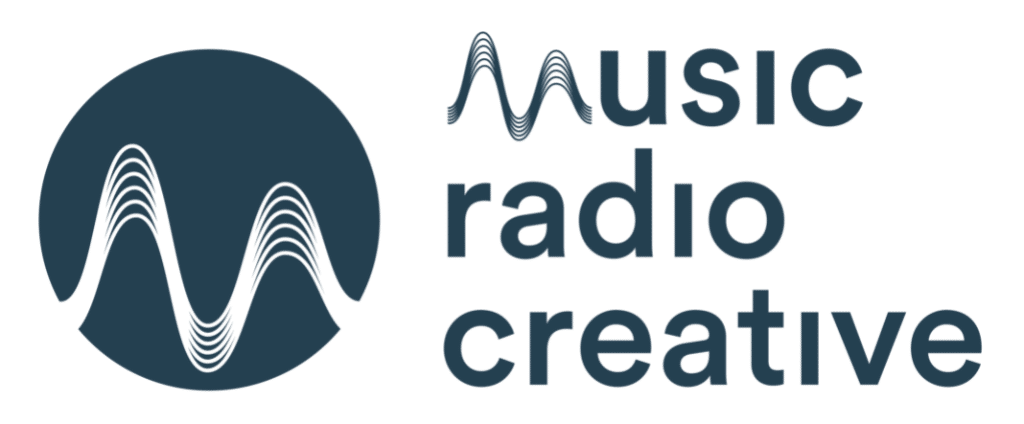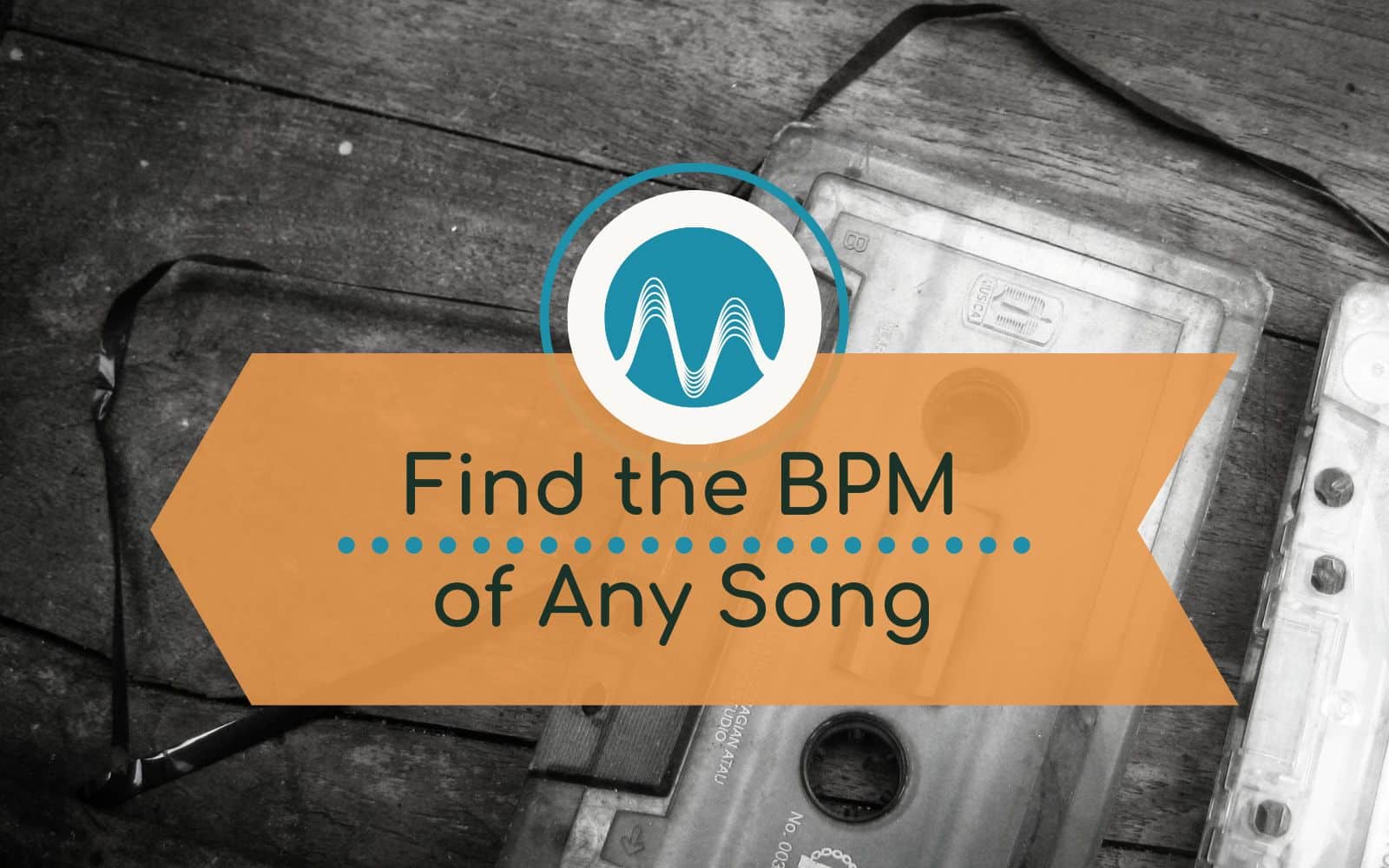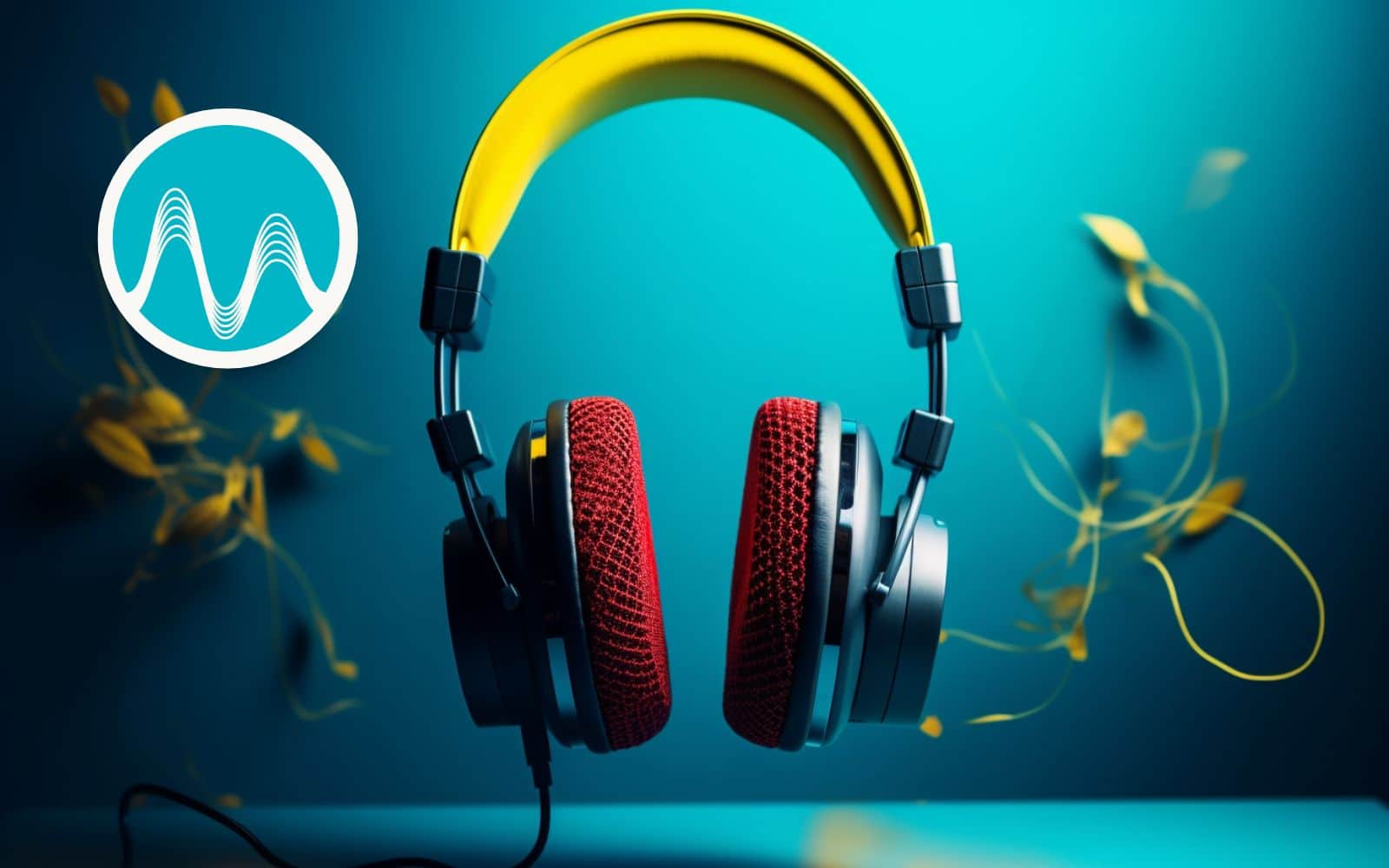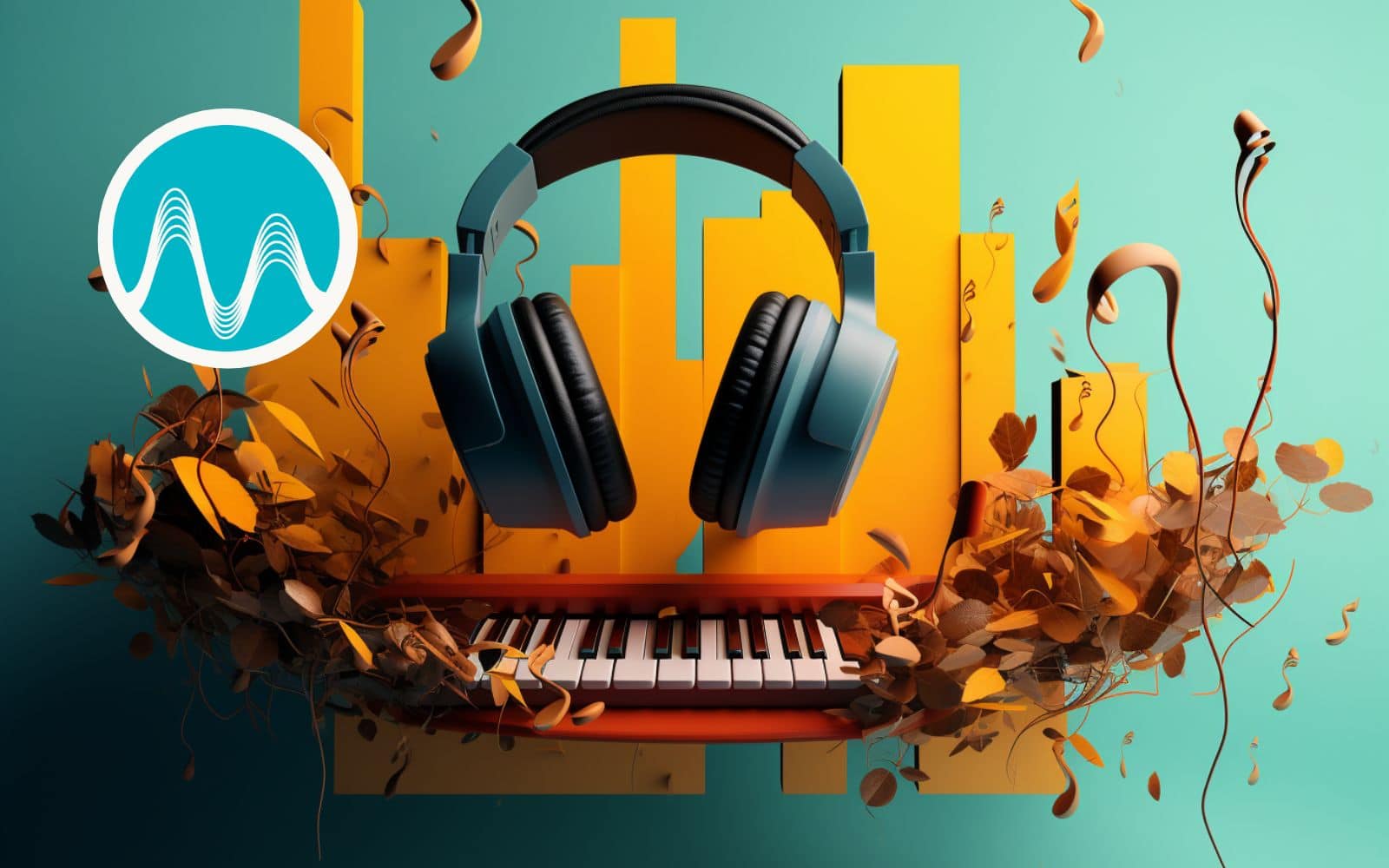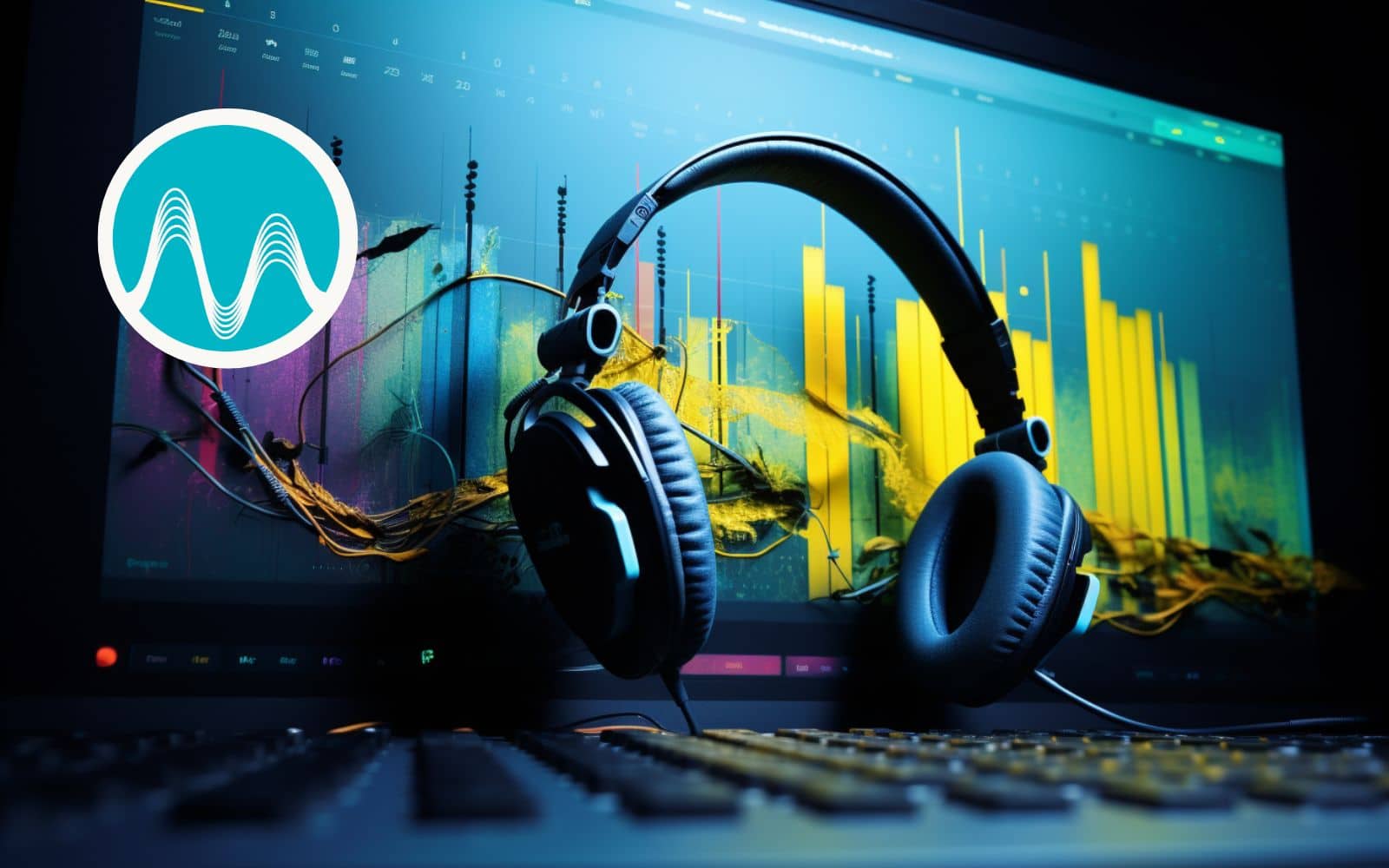BPM or beat per minute is a fairly self-explanatory term. It expresses tempo as the number of beats in a single minute – i.e. exactly what it says on the tin. For example, a 60 BPM would mean a track had precisely one beat per second, or 60 in one minute. So, clearly, for a track with a BPM of 120, the tempo would be twice as fast.
Most modern popular songs have a BPM falling somewhere between 100 and 140 BPM. Dancing Queen has a BPM of 100, Beat It 138.
In fact, there’s no more accurate way of describing a tempo, whether it’s slow, fast or somewhere in between. It’s used a lot where length of a musical piece has to be exact – e.g. a movie score. These values can also be applied to set digital metronomes in top-level professional recordings. (To the extent that some people use BPM and ‘metronome marking’ interchangeably.) Girls Just Wanna Have Funand Adele’s Rumour Has It both have a BP of 120.
How Long Is a Beat?
That will depend on the time signature of the piece of music. If a piece is in 2/4, 3/4 or 4/4, for example, every beat corresponds with a quarter note. In 3/8 or 6/8, a tempo beat is equivalent to the value of an eighth of a note.
Using BPM to Help Set Mood
A higher BPM could be ideal where the mood is happy, exciting, intense or fast-paced. If you’re going for something romantic, dramatic or sadder, a BPM of 76 or below may be the way to go.
Sometimes, you can even search music by BPM to find the music for your next project, as a very accurate way of finding a track that’s likely to be close to the sound you need.
Find The BPM of ANY Song
If you want to identify a track’s BPM, you can use a handy tool available in Adobe Audition. See below for our tutorial on how to do this – the good news is that it’s not hard to do. Just get in touch if you have any questions to ask us about BPM.
Looking For GREAT Audio Production Music?
If you are on the lookout for the next great beat for your audio production? We have a fantastic library of production music for radio imaging. Pads, music beds, sound effects and anything in between.
